
How F-16 fighters will change power balance in Ukraine’s air
Espreso explains what kind of aircraft these are, how Ukraine negotiated their transfer and how F-16s can change the situation on the front
How did Ukraine manage to get the F-16 aircraft?
Back in September 2022, the delivery of F-16 fighter jets to Ukraine looked like a very distant prospect, even if it was real. The commander of the US Air Force in Europe and Africa, General James Hecker, stated that Ukraine would only get F-16s after a political decision was made, which could take 2-3 years.
Even in January, Joe Biden's words weren't very promesing for Ukrainians. After his visit to Kyiv, the US president seemed to rule out the possibility of transferring F-16s to Ukraine, as his public statements indicated.
Biden said during the winter that the US military doesn't see any reasons to justify giving F-16s to Ukraine.
However, in early 2023, Ukraine's Minister of Foreign Affairs, Dmytro Kuleba, openly stated that fighter jets would be the next step after reaching an agreement on Leopard tanks. Western media reported in March that Ukrainian pilots had already started training on F-16 simulators in the USA.
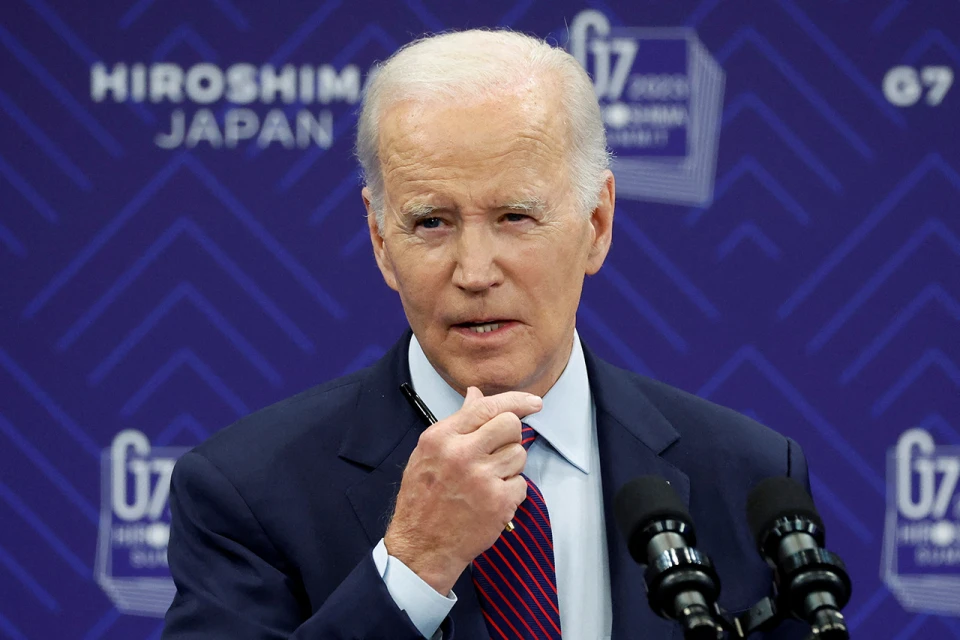
Key decisions were made in May 2023. US President Joe Biden approved the training of Ukrainian pilots on F-16s, and shortly after, at the 12th meeting of Ukraine's allies in the Ramstein format, it was decided to create an air coalition to train Ukrainian pilots.
When will Ukraine receive the F-16? Can they be transferred earlier?
Ukraine is expected to receive the first F-16 fighters in the fall of 2023, according to the Ministry of Defense. Yuriy Sak, an advisor to the Ministry, mentioned this in a comment to the Washington Post. He expressed optimism that if everyone works hard and decisions are made promptly, the F-16s could start flying in Ukraine's airspace by the end of September or beginning of October. The Pentagon also mentioned similar timeframes, stating that the transfer of the F-16 fighters to Ukraine might take a few months.
The delay in transferring the fighters was due to the Armed Forces prioritizing other essential needs. General Mark Milley, Chairman of the Joint Chiefs of Staff of the USA, explained during a visit to Ramstein that Ukraine's defense capabilities are being strengthened gradually. The cost of 10 F-16 aircraft is one billion dollars, and an equal amount is needed for their support and maintenance. Previously, the available funds had to be allocated to more critical requirements in Ukraine.
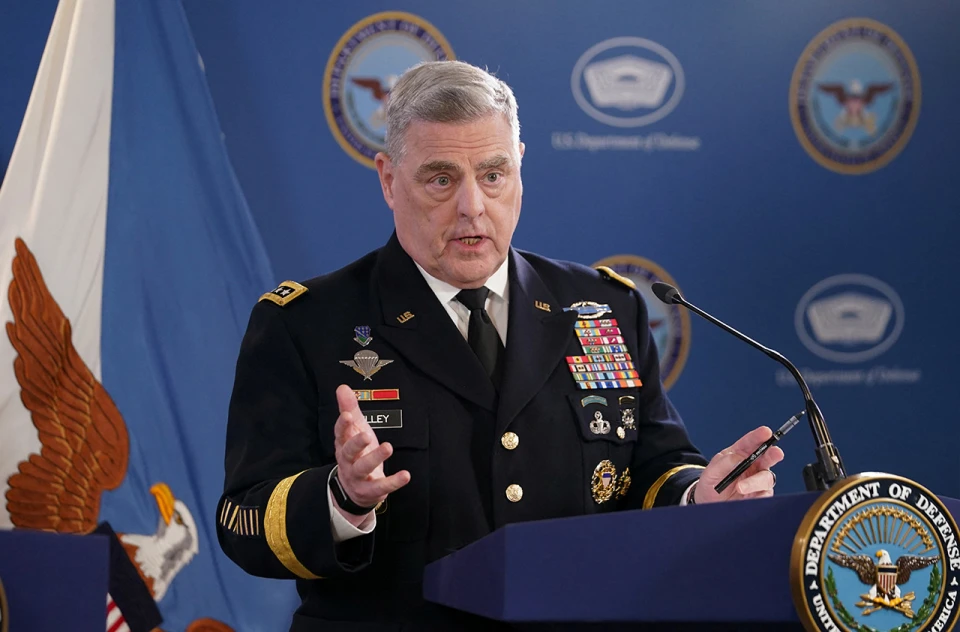
Milley emphasized that the approach to supporting Ukraine is incremental, and each package includes additional measures to enhance Ukraine's military strength. While there have been long-standing requests for F-16s, the focus has been on providing assistance step by step, which means some equipment had to take priority over others.
What is an F-16 fighter jet? What are its technical characteristics?
An F-16 fighter jet is a type of aircraft used for military purposes. It is known as the "Fighting Falcon" or "the Viper" among pilots. The F-16 was developed by General Dynamics for the US Air Force and is now used by 24 other countries. It is a popular fourth-generation fighter, with over 4,400 built as of 2009 and more than 2,500 currently in service.
Originally designed for daytime air superiority, the F-16 has evolved into a versatile all-weather aircraft. It has several notable features, such as a canopy without a frame, providing good visibility, and a side joystick for easier maneuvering. The ejection seat can tilt 30 degrees to reduce the impact of forces on the pilot. The fighter also uses a fly-by-wire control system, which helps with stability and flight control.
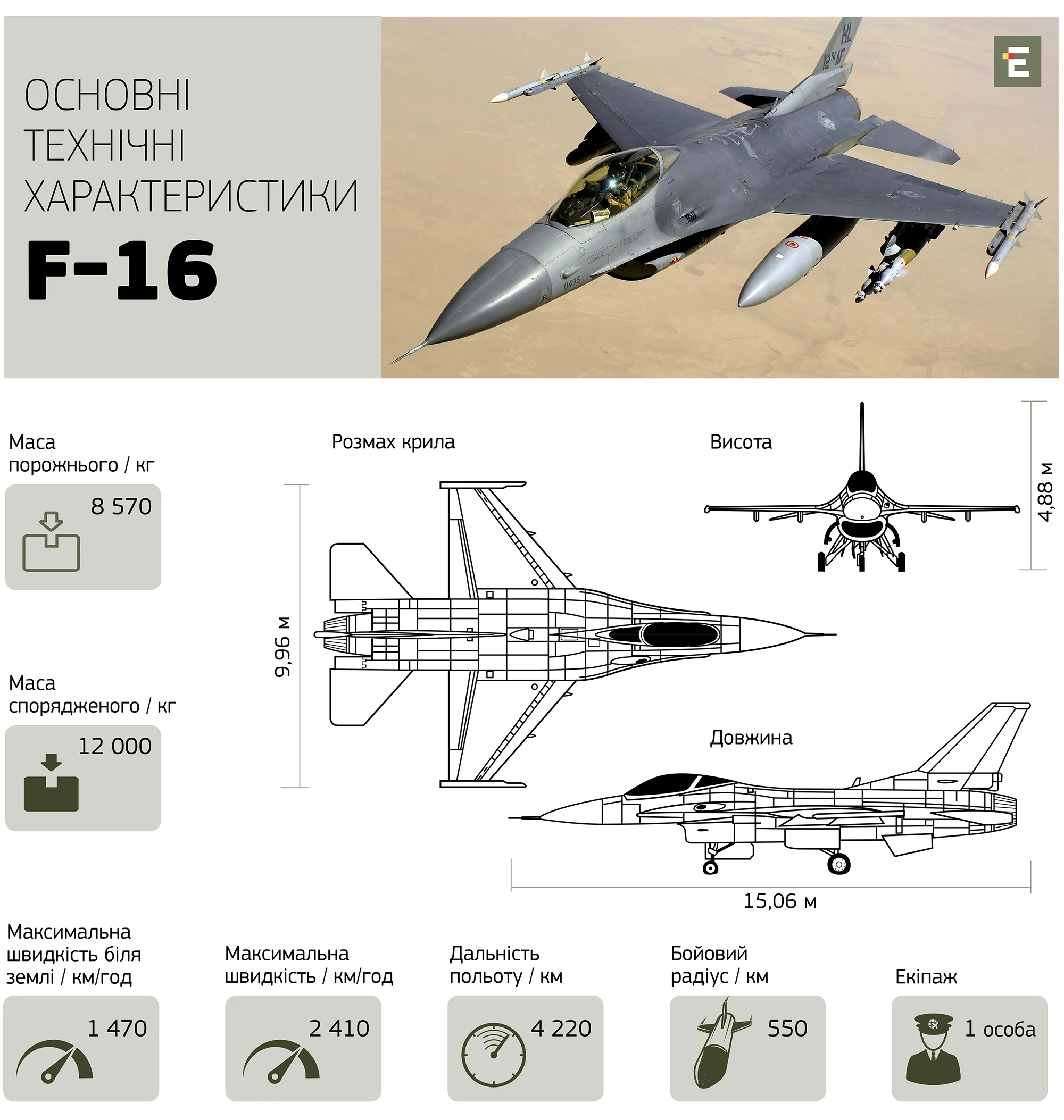
Here are the main technical characteristics of the F-16:
Length: 15.06 meters
Height: 4.88 meters
Wingspan: 9.96 meters
Empty weight: 8,570 kilograms
Maximum equipped weight: 12,000 kilograms
Maximum speed: 2,410 kilometers per hour
Maximum speed near the ground: 1,470 kilometers per hour
Flight range: 4,220 kilometers
Combat radius: 550 kilometers
Crew: 1 person
The F-16 is armed with a General Electric M61-A-1 aircraft gun, which has six barrels and can fire up to 6,000 rounds per minute (with 511 rounds available). It can also carry up to six AIM-9L/M/P Sidewinder guided missiles. In the fighter-bomber variant, it can be equipped with air-to-surface guided missiles, laser-guided and optoelectronic-guided bombs, as well as conventional bombs. The F-16ADF modification can carry AIM-7 Sparrow medium-range air-to-air missiles, and it can also use AGM-65A/B/D Maverick air-to-surface missiles.
Are F-16 aircraft better than MiG and Su aircraft?
Comparative tables of fighter characteristics are often published by Russian sources, suggesting that Su planes are on par with F-16s. However, these tables mainly compare factors like size and speed, which are not truly decisive.
A war veteran and Reserve Major, Oleksiy Hetman, highlights that F-16s surpass Russian fighter jets in several aspects. The F-16's advantage lies in its smaller size. Moreover, American fighters possess superior radar systems. This means that the F-16 can detect Russian Su and MiGs aircraft from a greater distance than they can detect it.
"The significant difference between all Russian aircraft and the F-16 is that the F-16 is less detectable by the enemy's radar systems and airborne radars. It has an effective reflective surface of only 1 square meter, while the MiG-29 has 29 square meters. In other words, the F-16 is less visible. Additionally, its onboard radar can spot an aerial target a hundred kilometers further than the enemy. Furthermore, the missiles used by the F-16 have greater range, flying 50-70 km farther than those of the MiG-29," he noted.
Hetman explains that a potential air battle between the MiG-29 and the F-16 would simply not commence because the F-16 would detect the enemy aircraft earlier and neutralize it.
Why does Ukraine want F-16 fighter jets?
The commander of the Ukrainian Air Force, Lieutenant General Mykola Oleschuk, explained the importance of having American F-16 jets for Ukraine's defense. He pointed out that currently, Russian aviation has more planes and better technology than Ukrainian aviation. Having F-16s would help protect the military and civilians in the conflict zone from enemy aircraft and helicopters, which could save many lives.
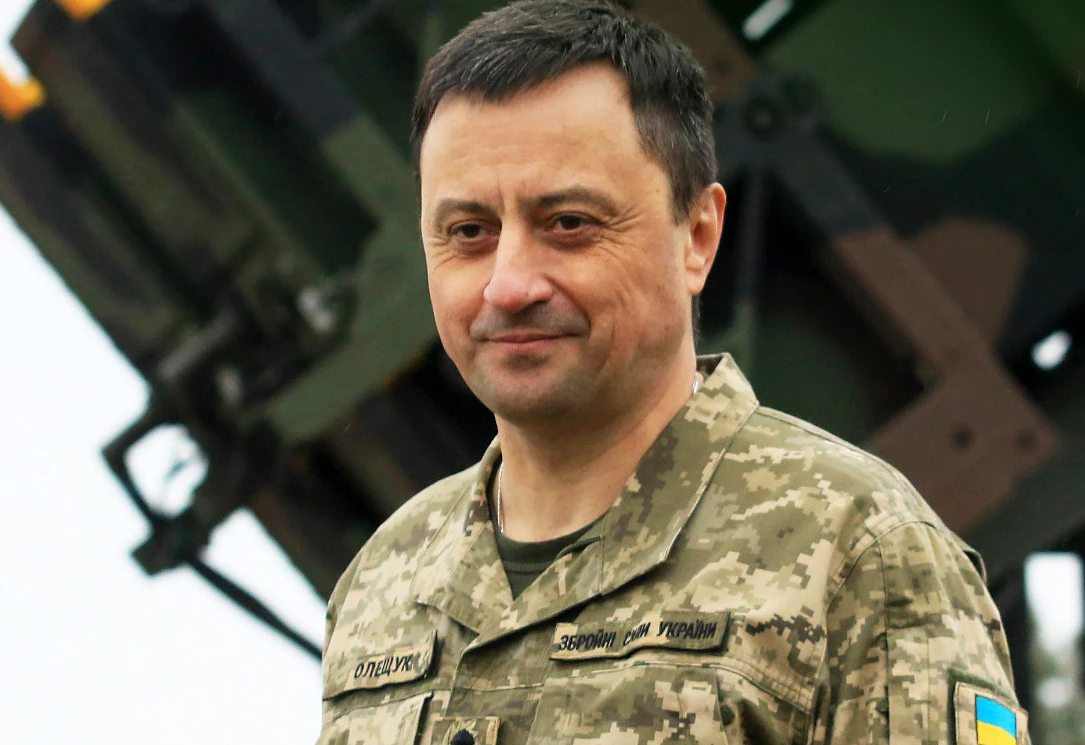
Oleschuk also mentioned that although Ukrainian air defense is effective, it only manages to destroy about 75% of cruise missiles and attack drones, leaving the rest to reach their targets. With F-16s, Ukraine could effectively destroy these air threats even before they reach our cities, providing better defense at the borders.
Another advantage of the F-16s is their ability to counter guided aerial bombs. Oleschuk highlighted that the enemy is increasingly using guided aerial bombs weighing 500 kg along the entire front line, and there are signs that they may start using even larger missiles weighing 1,500 kg. Russian planes avoid entering the range of our air defense systems and attack the front line and frontline cities from a distance. This causes suffering for civilians in the northern, southern, and eastern regions. The F-16s are equipped with air-to-air missiles that have a range of up to 180 km, allowing us to keep enemy aircraft away from our borders and the combat zone. This would reduce the likelihood of them using guided aerial bombs and other airborne weapons.
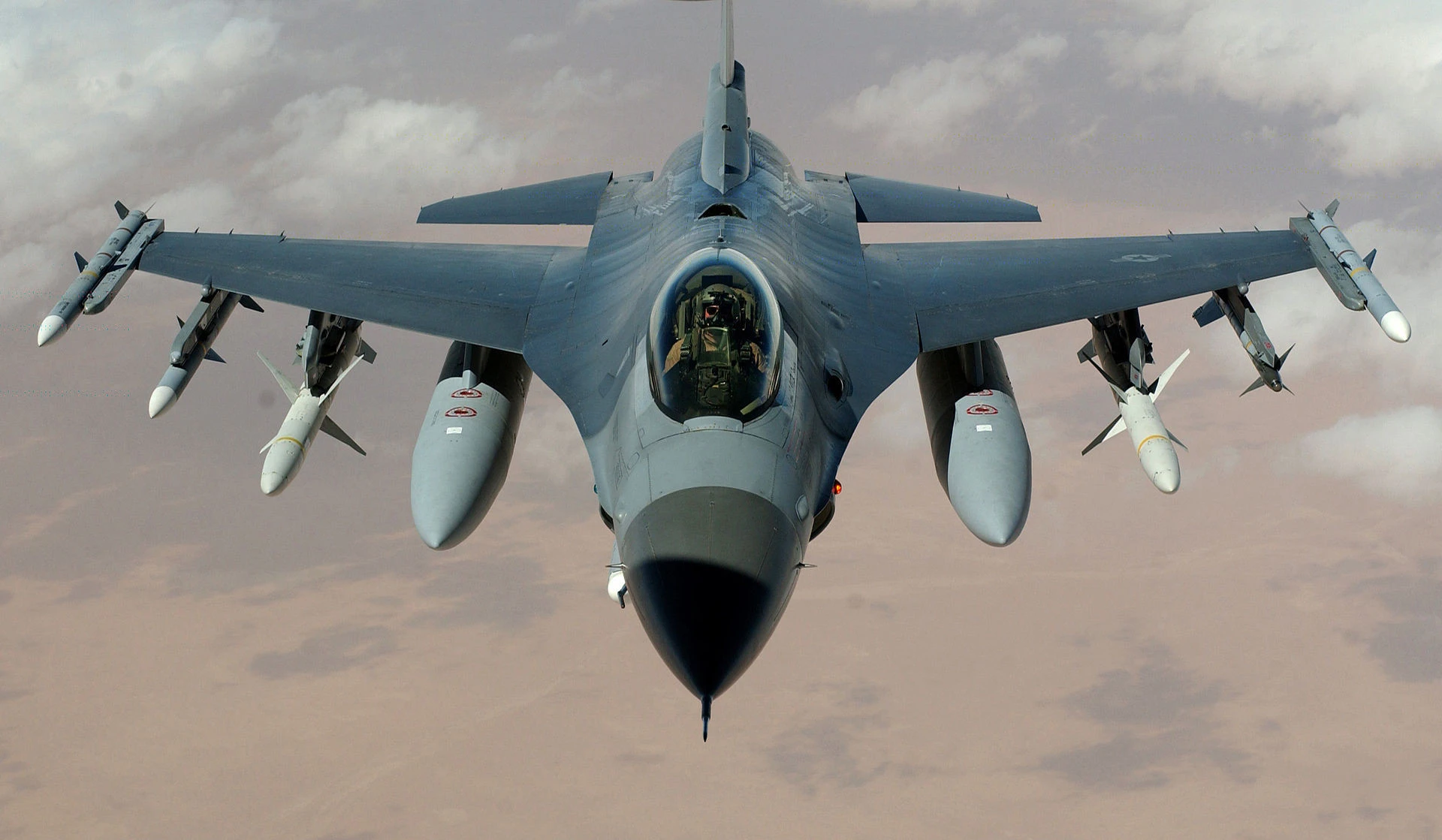
Additionally, Oleschuk emphasized that having F-16s would help Ukraine gain control over the Black Sea. This control would force the enemy fleet to either retreat to ports or be destroyed at sea.
How will the F-16 impact the war against Russia?
Western partners unanimously warn that fighter jets like the F-16 won't be a magical solution that instantly changes everything in Ukraine's favor. Joe Biden emphasized that the F-16 may not be effective in every situation.
According to the US president, in Bakhmut, for example, the F-16s are not needed — they won't provide any additional advantage there and Ukraine already has all the necessary weapons, including tanks. He said he didn’t believe the F-16s would be involved in the current fighting, and if a counteroffensive is successful in the near future, then Ukraine will need to confront the Russians, who are stationed far away, beyond the range of Ukraine’s current tanks.
Ukraine's Defense Minister, Oleksii Reznikov, confirmed that American fighter jets will not be used during the summer counteroffensive. However, Air Force Commander Mykola Oleschuk believes that the F-16 would be useful in such an operation.
"The F-16's wide range of modern precision weapons can effectively strike Russian troops during a counteroffensive. We need to halt the enemy's advances, achieve air superiority, and disrupt their supply routes for equipment, ammunition, and personnel. The F-16 can accomplish these tasks!" he wrote.
Military analyst Oleksiy Hetman believes that even 20-30 F-16 aircraft would grant Ukraine complete air superiority, surpassing the effectiveness of half a thousand MiGs. Military expert Serhiy Zgurets is confident that the presence of F-16 fighters equipped with long-range missiles, working in conjunction with AVACS, will effectively neutralize the Russian Su-57s in Ukraine.

NATO Joint Forces Commander in Europe, General Christopher Cavoli, went even further, stating that providing Ukraine with F-16s and long-range missiles would aid in defeating Russia. A similar view was expressed by Yuriy Ihnat, spokesperson for the Air Force Command of the Armed Forces of Ukraine, during an interview on Espreso.
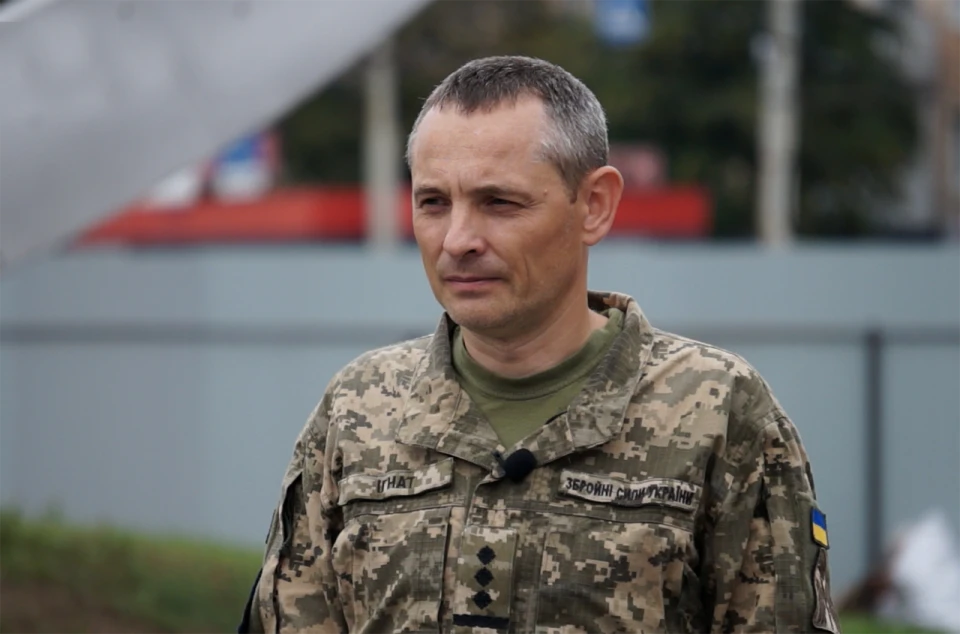
"When we have F-16s, we will win this war. If these planes come to Ukraine, they will be deployed to various regions in operational airfields. The F-16's capabilities with HARM missiles, JDAM guided bombs, and more will significantly enhance our combat effectiveness. It will support our ground troops in reclaiming Ukrainian territories by striking enemy command centers, military groups, and supply chains. Moreover, these fighters can restore order at sea with anti-ship missiles. The F-16 is a versatile aircraft capable of engaging ground, air, and surface targets, equipped with Harpoon missiles," emphasized Ihnat.
- News











































